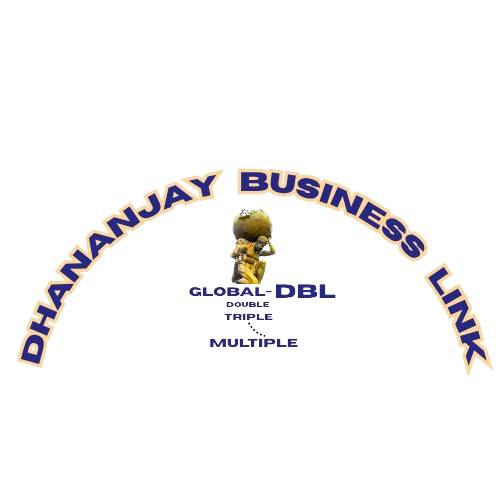At DBL (Double, Triple, Multiple), we believe in clarity, structure, and purpose-driven income generation. Whether you’re a franchisee, investor, team leader, or contributor — understanding how income is earned, distributed, and secured is key.
This blog answers frequently asked questions (FAQ) about income types, plan structures, rewards, and payment systems.
1️⃣ What is the Concept Behind DBL Income Generation?
DBL’s model is based on value creation and structured service. Members earn income through:
- Direct Involvement (sales, planting, project execution)
- Indirect Contribution (referrals, team-building, eco-projects)
Our goal: Multiple income streams through one ethical system.
2️⃣ Why Choose DBL Over Others?
We differentiate ourselves by:
- Offering eco-sensitive, project-based models
- Maintaining documented processes and MOU-based agreements
- Combining direct + indirect incomes with performance-based incentives
- Focusing on real economy projects (agriculture, development, renewable sectors)
3️⃣ How is Income Generated?
Income is earned in two major categories:
💼 Direct Income:
- Salaries (roles within the system)
- Sales commissions
- Franchise income
- Project-based returns (plantation, milk units, land procurement)
🔁 Indirect Income:
- Referral bonuses
- Cluster incentives
- Eco-points (carbon emission offset programs)
- Loyalty and rank-based rewards
4️⃣ Who Can Earn with DBL?
- Proprietors / Entrepreneurs — Manage micro-units, franchises, land-based initiatives
- Investors — Support development and get returns as per agreement
- Contributors — Volunteers, coordinators, and eco-leaders earn recognition and rewards
- Cooperatives / Local Bodies — Collaborate for bulk projects with shared profits
5️⃣ Where is the Earning Applied?
Earnings are linked to project zones, such as:
- Urban & rural franchises
- Cluster-based farming projects
- Educational & coaching clusters
- Landowner-based ecosystem zones (Plauen & other mapped grids)
6️⃣ What Makes DBL Transparent and Different?
- Every transaction is backed by agreement
- We maintain publicly accessible guidelines
- Income is documented with payment proof and clauses
- We provide regular updates and track performance via dashboard models
💸 Payment Methods & Terms
| Date | Method/Term | Description |
|---|---|---|
| 3/8 | Cheque / Bank Transfer | Linked to member ID & agreement |
| 4/8 | Advance Planning | Consumers, NGOs, & municipality-based |
| 5/8 | Installments | With/without penalties |
| 6/8 | Lump Sum | Includes penalty clause for delay |
| 7/8 | Full Term (6–12 months) | Based on project timeline |
| 8/8 | Loan Type | Case-specific, requires prior permission |
| 9/8 | Temporary Funding | Non-recurrent, short-term funding allowed |
| 10/8 | Plan-Based Return | ROI based on project performance |
| 12/8 | Final Point | Income is earned by giving value! |
📃 Clauses You Must Know
🔐 Ownership Clause
Every income source is tied to legal ownership or stakeholding, especially in plant-based or land-based projects.
📜 Redemption Clause
Points, rewards, or bonuses can be redeemed via receipts or eco-contributions.
⏱️ Periodicity Clause
Incomes and returns are based on:
- Monthly
- Quarterly
- Seasonal (e.g., harvest cycle)
- Annual return formats
⚠️ Penalty Clauses
In case of service delays or non-compliance:
- Penalties are auto-deducted
- Late interest may apply
- Partnership may be reevaluated
🌱 Example: Eco-Income via Plantation
Members plant trees for:
- Long-term return on carbon credits
- Eco-points through verified partners
- Franchise-based earning via shared plantation success
This “income for emissions” model ensures financial growth while healing the planet.
✅ Final Thoughts
DBL’s income and reward systems are built on integrity, structure, and purpose. Whether you’re earning directly through service or indirectly through value sharing — your contributions are recognized, protected, and appreciated.
Got more questions? Feel free to reach out anytime.
📲 Transparency is our foundation — income is the outcome.

